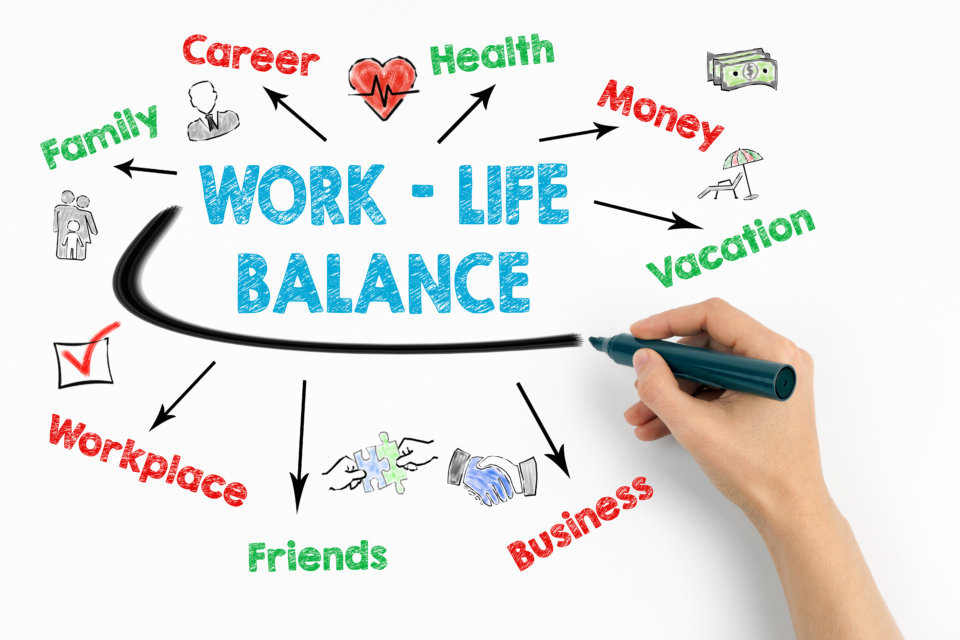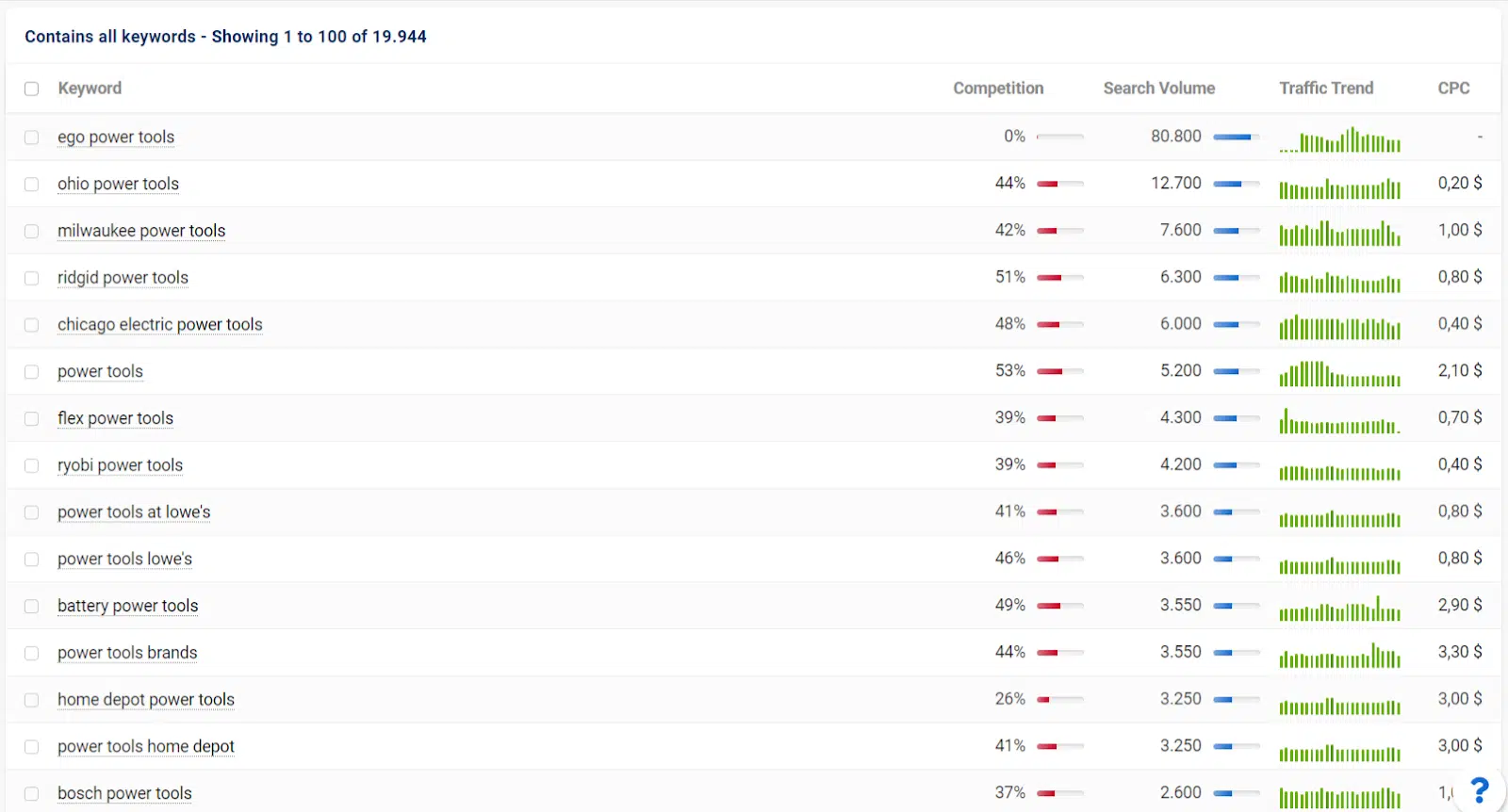
Work-Life Balance Strategies Switching between multiple platforms can severely disrupt focus and slow progress. Research shows that even short interruptions can cause major delays and increase mistakes. In some instances, employees lose sight of their main priorities after being distracted. That’s why working within a unified platform—Business productivity tips —helps teams sustain productivity and flow.Slack’s all-in-one work operating system connects effortlessly with thousands of leading applications, allowing you to stay focused on meaningful tasks that drive efficiency.By keeping essential tools in one central hub, you create a smoother workflow with fewer distractions. Teams can also leverage AI assistants to automate routine work, generate actionable insights, summarize discussions, and send timely alerts to manage tasks effectively. Popular productivity tools like Todoist, Dropbox, Evernote, and Asana integrate directly with Slack, empowering your team to perform at its best.
Work-life balance strategies can help your team stay focused, reduce interruptions, and foster a productive, collaborative environment. By setting clear Slack guidelines, you can prevent notification overload and constant distractions. With structured rules, Slack becomes an effective platform for sharing knowledge and collaborating without disrupting workflow.
To keep distractions to a minimum, follow these Slack usage best practices:
- Combine messages. Include greetings and main content in a single message to reduce multiple notifications. Favor public channels over direct messages for information that benefits the entire team.
- Format thoughtfully. Use emojis, bullet points, or bold text to emphasize important details and make messages easier to digest quickly.
- Leverage threads. Keep channels organized by replying in threads. For updates or decisions that everyone should see, use the “Also send to #channel” option.
- Control notifications. Utilize the Do Not Disturb feature to minimize pings during off-hours and protect focus time. Set clear expectations around response times, especially for teams spread across different time zones.
- Promote open collaboration. Prioritize public channels for team-wide discussions, reserving DMs for private or sensitive matters. This ensures that insights and information remain visible and accessible to the whole team.
Efficient office management encourages scheduling dedicated work sessions that enable deep focus, helping teams accomplish more without interruptions. Structuring time in this way not only enhances concentration but also reduces the effort required to regain focus after switching tasks. Research shows that even short disruptions can cost up to 25 minutes to refocus, making uninterrupted work periods essential for productivity. By intentionally reserving time for focused work, teams can limit distractions and prioritize high-impact tasks.Slack has explored creative strategies to combat meeting overload and protect focus time. Initiatives such as Focus Fridays, where internal meetings are canceled and notifications are silenced, and Maker Weeks, which set aside entire weeks twice per quarter for concentrated work, have produced strong outcomes—with 84% of Slack employees reporting positive effects. By moving away from constant one-on-ones, daily check-ins, and loosely structured brainstorms that fill calendars, Slack employees have been able to secure substantial blocks of time for meaningful work.
Professional business etiquette encourages teams to maintain a centralized and accessible knowledge repository. Slack, which stands for “Searchable Log of All Communication and Knowledge,” naturally functions as a company’s knowledge hub. By establishing clear methods for sharing and organizing information, organizations can ensure that critical resources are easy to find and utilize.Features such as pinned messages, shared files, and integrated internal wikis enable teams to systematically capture and structure essential information. A thoughtfully organized knowledge base provides instant access to client details, company procedures, and training resources. Fostering a culture of knowledge sharing not only enhances efficiency but also ensures that valuable insights are preserved and accessible to all team members.
Time management for executives suffers when meeting objectives aren’t clearly set, participants remain silent, or sessions overrun. That’s why preparing agendas in advance is essential. Agendas help guide discussions, highlight key topics, and establish specific outcomes for the meeting.Holding regular in-person or virtual meetings to review workloads, set priorities, address obstacles, or plan strategically is crucial for maintaining productivity. When everyone knows their responsibilities and next steps, they can act efficiently once the meeting concludes. To maximize value, team gatherings should emphasize solving pressing issues, fostering collaboration, ensuring accountability, and defining actionable tasks.Time Blocking means dividing your day into specific segments and allocating particular activities to each. Think of it like planning a financial budget, but instead of money, you’re budgeting your hours. This approach ensures that both your regular job and entrepreneurial projects receive focused, uninterrupted attentio
The Pomodoro Technique consists of working in short, concentrated intervals—usually 25 minutes—followed by a brief 5-minute pause. This method minimizes the disruption caused by task switching and helps maintain consistent focus and energy throughout your work sessions.
Business workflow optimization means reducing unnecessary steps and making collaboration more efficient. No matter where your team operates—whether in the office, at home, or from a café—you’ve likely thought, “this meeting could have been an email.”Meeting hours have risen from just 10 hours per week in the 1960s to around 23 hours per week by 2020, putting pressure on employees. While meetings are important, identify opportunities to replace in-person gatherings with video calls, team chats, or emails. RingCentral’s HD audio and video conferencing provides a seamless alternative to face-to-face meetings and is essential for remote teams. With a single click, you can transform a group chat into a video session and vice versa. When meetings are necessary, ensure they’re effective. RingCentral enables easy sharing of meeting summaries with your team. By integrating with apps like Slack, Trello, and Microsoft OneNote, and leveraging screen sharing and annotation, you can collaborate in real time and keep everyone aligned.
Corporate efficiency techniques:
- Invest in employee development: Training initiatives can enhance employees’ skills and knowledge, promote consistent work practices, and support the adoption of new technologies, all of which can boost overall productivity.
- Leverage technology and automation: Implementing technological solutions and automating routine tasks can streamline processes, allowing employees to focus on higher-value activities. Technology can also improve customer interactions, such as helping clients access information quickly, or assist with complex operations like scheduling, quality management, and design.
Xiaodan Pan, Associate Professor of Supply Chain and Business Technology Management at Concordia University’s John Molson School of Business, emphasizes that the most effective approaches combine human expertise with digital tools. “The goal is to create harmony between digital platforms and personal interaction. Service companies should enhance both their human touch and digital capabilities.” Examples she highlights include AI chatbots supporting customer service teams, collaborations between restaurants and on-demand delivery apps, and integrating traditional healthcare facilities with virtual health services.
- Define clear objectives: Establishing well-defined goals helps employees stay focused and motivated, leading to higher productivity. You can use our employee goal-setting template to get started.
- Enhance communication: Strong internal communication is key to boosting productivity in service organizations. Promote open dialogue between staff and management to ensure alignment and clarity across the team.
Office organization tips can help businesses boost efficiency and productivity. Jim Taylor works with companies in the hospitality sector to identify areas where operations can run more smoothly without overburdening staff. “The profit margins in hospitality are already very narrow, so companies can’t just keep pushing their employees harder to achieve results,” says the CEO of Benchmark Sixty. He guides restaurant owners and managers on how to move beyond simply working harder and start working smarter.“There needs to be a genuine increase in productivity, or rising costs could threaten the survival of the business.” Taylor notes that restaurants are familiar with measuring productivity in the kitchen, where managers track how quickly dishes are prepared or processes are optimized. “They usually think about it in terms of sales per labor hour, which makes sense for the kitchen.” However, efficiency in the dining area is more complicated to track. This is where Taylor focuses his efforts and provides practical strategies for improvement.
For example, when it comes to customers waiting in line, he advises: “If your goal is to boost productivity, don’t let anyone walk away. Find ways to keep them engaged and ensure they stay.Mindful leadership in business means paying close attention to how your team interacts with customers, especially at critical touchpoints like the front door. Often, the person greeting guests is the least experienced—perhaps a 16-year-old high schooler earning minimum wage—yet they are the first impression of your business.
“When I, as a manager, spend time supporting that employee at the entrance, we reduce the risk of losing customers and improve overall efficiency,” he explains. “By being present, we can seat one more table or serve an additional customer, boosting productivity. Taylor advises shifting the focus from strictly revenue to actionable performance metrics.
“We advocate using measures such as customers-per-labor-hour, which moves the discussion away from dollars and cents,” he says. “For example, if 10 staff serve 100 customers, that’s 10 customers per labor-hour. Adding one more team member allows you to serve additional groups, increasing efficiency and speeding up service.”




